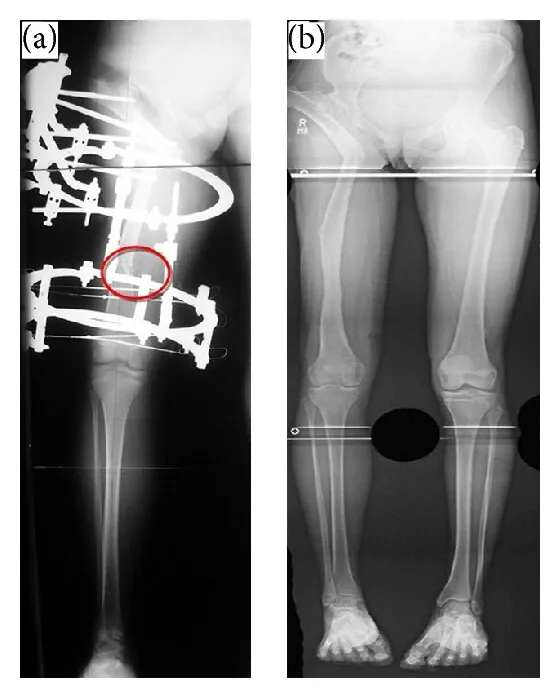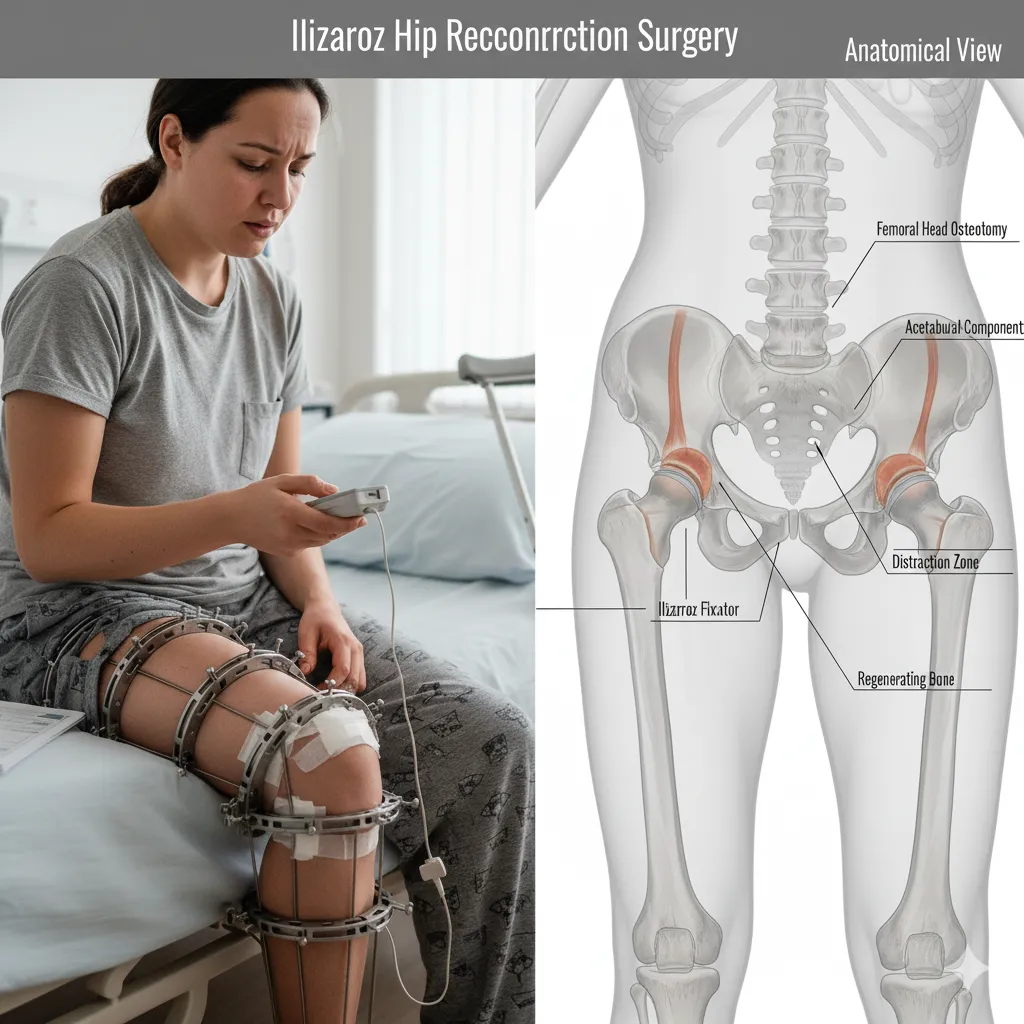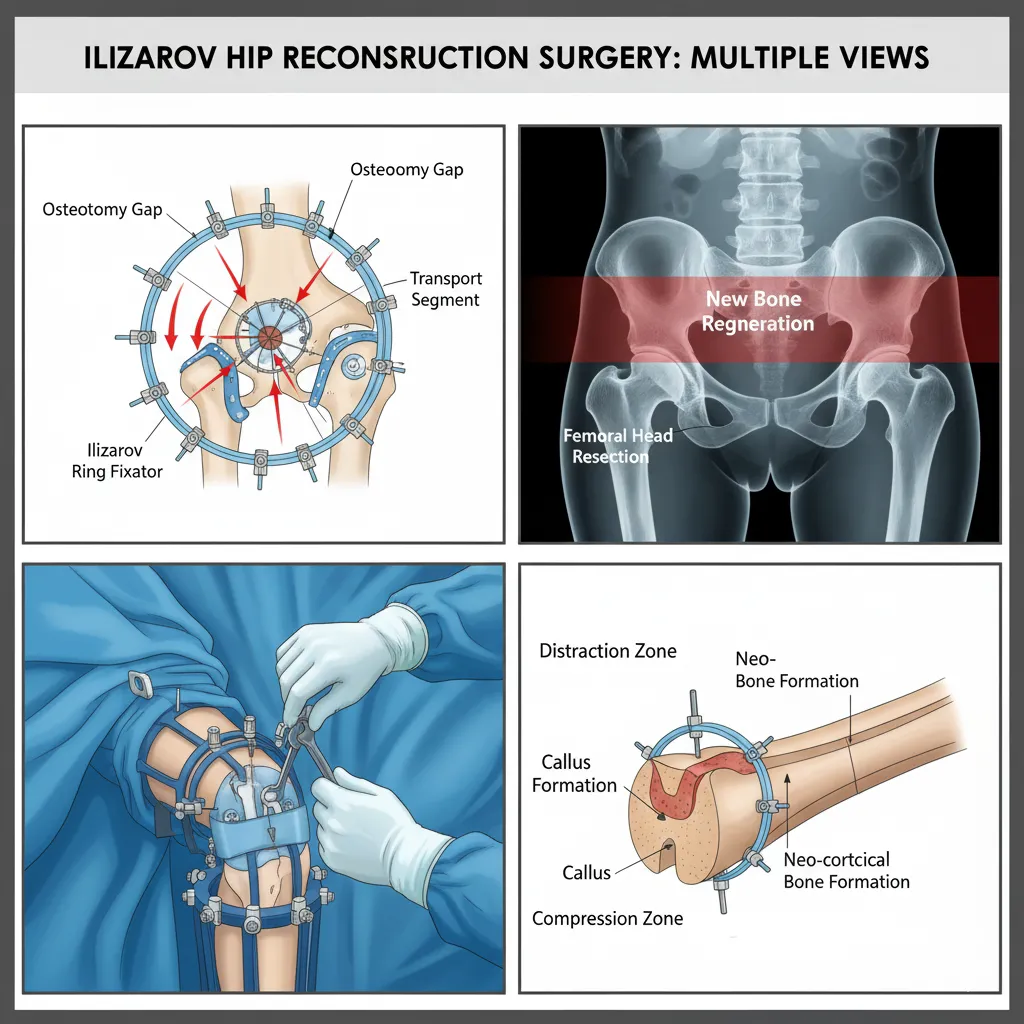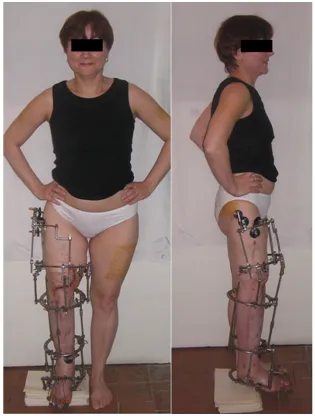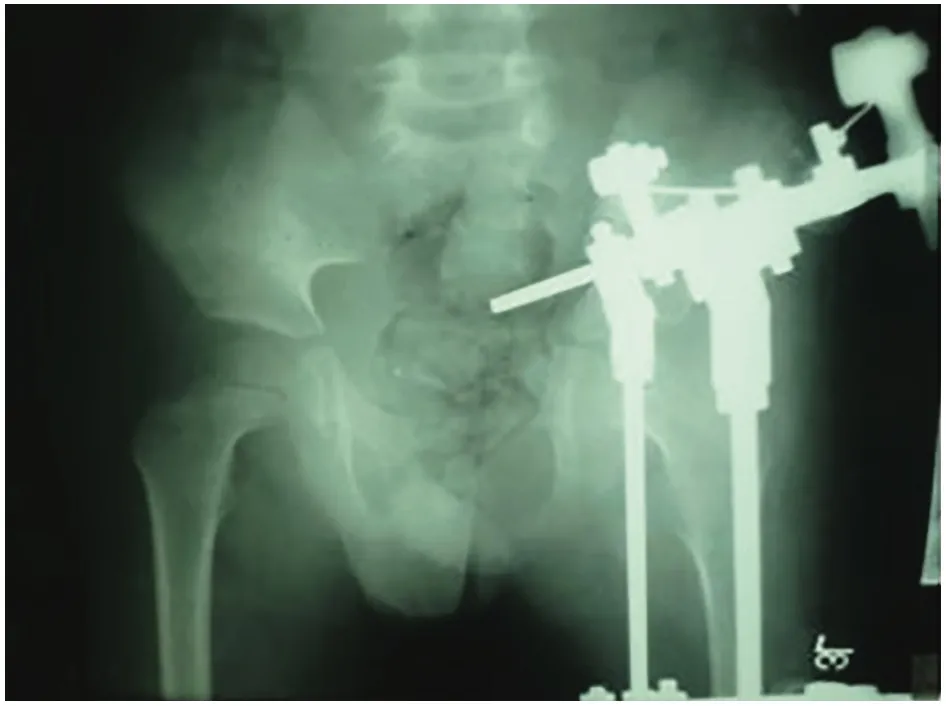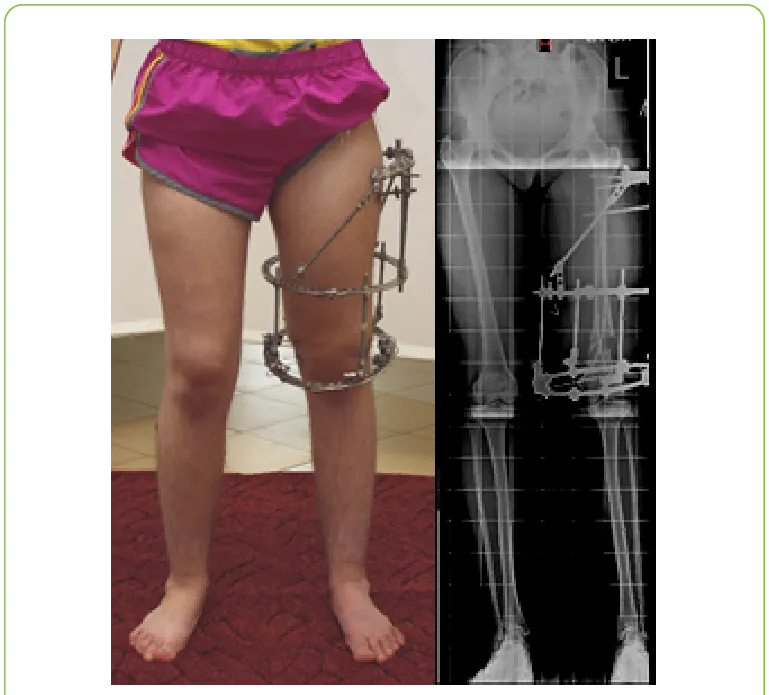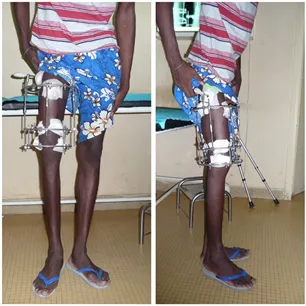How We Work
Frequently Asked Questions about Bow Leg Correction
What is the osteotomy in Ilizarov Hip Reconstruction?
Osteotomy means making a controlled cut in the bone to allow correction. In Ilizarov Hip Reconstruction, the surgeon carefully cuts the femur or pelvis so the external fixator can gradually realign the hip. This process allows bone healing while correcting deformities or leg length differences.
How long does hip reconstruction surgery take?
Hip reconstruction surgery usually takes 2–4 hours, depending on the complexity of the deformity and whether an Ilizarov fixator is applied. The surgical time is shorter compared to the overall treatment, since most corrections happen gradually after surgery with the external frame.
What is the Ilizarov technique for bone growth surgery?
The Ilizarov technique uses a circular external fixator that applies gentle, controlled tension to bones. This stimulates natural bone regeneration (distraction osteogenesis), which allows bones to grow in length and correct deformities. It is widely used for hip, leg, and complex orthopedic reconstructions.
Is Ilizarov surgery painful?
Most patients experience some discomfort during the distraction (bone lengthening or correction) phase, but it is usually manageable with medications. Pain is highest in the first few days and then becomes tolerable. Physiotherapy and pin site care also help reduce discomfort.
What is the recovery time for a hip osteotomy or Ilizarov hip reconstruction?
Recovery takes time and depends on the amount of correction needed. Most patients wear the frame for 4–8 months and continue physiotherapy. Normal walking without support usually resumes by 6–12 months.
Can you walk with an Ilizarov frame?
Yes. In fact, patients are encouraged to walk with support while wearing the Ilizarov fixator. Walking stimulates bone healing and prevents stiffness, although full weight bearing is increased gradually under the surgeon’s supervision.
What is the cost of Ilizarov surgery in India?
The cost of Ilizarov surgery in India, especially Mumbai, is usually ₹3.5–6.5 lakhs, depending on the case complexity and hospital. This is much more affordable compared to the US or UK, where costs are several times higher.
What is the success rate of Ilizarov surgery?
Ilizarov surgery has a success rate of 85–95% in correcting deformities, treating nonunions, and restoring mobility. The outcome depends on patient compliance, physiotherapy, and regular follow-ups with the surgeon.
Can Ilizarov fix nonunions (bones that don’t heal)?
Yes. One of the greatest advantages of the Ilizarov method is its ability to treat nonunions and infected fractures. By applying stable fixation and stimulating new bone growth, the Ilizarov fixator often succeeds when other methods fail.
How to shower with an Ilizarov frame?
Most patients can bathe with the frame by protecting pin sites from infection. Many doctors recommend cleaning the fixator daily with antiseptic and covering it with waterproof material during showers. Detailed instructions are provided to each patient by their care team.
Toggle Title
Most patients can bathe with the frame by protecting pin sites from infection. Many doctors recommend cleaning the fixator daily with antiseptic and covering it with waterproof material during showers. Detailed instructions are provided to each patient by their care team.
How is an Ilizarov fixator removed?
The frame is usually removed in a minor procedure under anaesthesia once the bone has healed and consolidated. In some cases, removal can be done under sedation or local anaesthesia. Patients often feel immediate relief once the bulky frame is off.
Can weight bearing be started with Ilizarov?
Yes, partial weight bearing is usually started soon after surgery, with crutches or a walker. Full weight bearing is introduced gradually as the bone heals. This is one reason Ilizarov is considered a functional method — it allows mobility during treatment.
What are the alternatives to Ilizarov?
Alternatives include internal fixation methods like intramedullary nails, plates, or hip replacement in advanced arthritis cases. However, for severe deformities, limb lengthening, or nonunions, the Ilizarov technique remains the gold standard.
